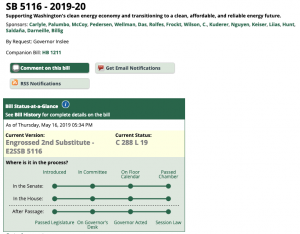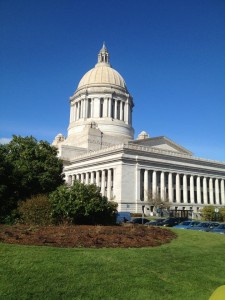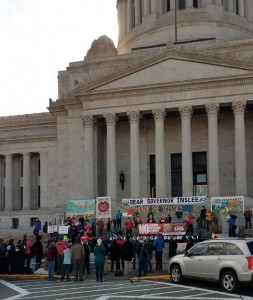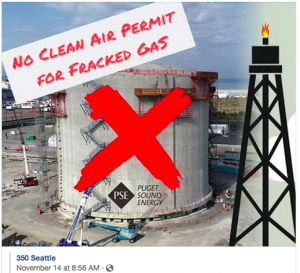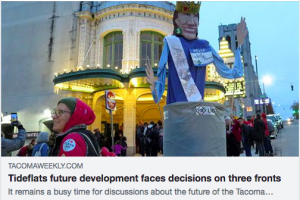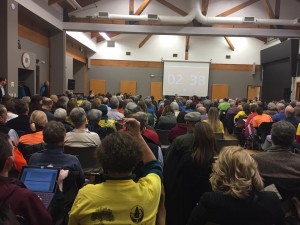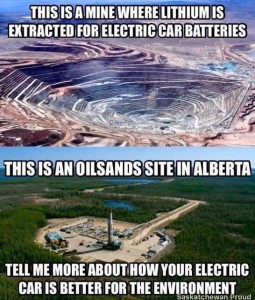Capitalism may be our Salvation.
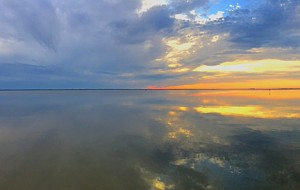
Glimmer of hope. @islandguide
Didn’t see that one coming did you? My dream is that there will be home energy kits available at Home Depot, Walmart, Lowes, or other box store that anyone can buy at a reasonable price and install easily. I’ve just started to see a glimmer of that future.
Of course, California is taking the lead after years of post-apocalyptic fires and rolling blackouts thanks to their largest utility Pacific Gas & Electric (PG&E). If you haven’t followed the CA fires, know that the utility caused some of the worst fires.
Here’s the thing you might not realize; utilities are not paid to maintain their lines. They are paid to provide electricity at a reasonable cost. Large private utilities’ first goal is to make money for their stockholders. It’s to maximize profits in what has been for years a flat market, it’s changing a bit now that electric cars are on the scene, but for years it has meant minimizing expenses, such as maintaining or improving the grid. Utilities do the minimum amount of work necessary to deliver service.
Utilities do need to provide a service to their ratepayers, but reliable service is not guaranteed. The grid is only as reliable as it has to be to get the job done. Many people have been conditioned to expect power outages in bad weather or during a high-use peaks in the summer or winter. Truth be told, it doesn’t have to be that way.
Several CA fires were started due to sparks caused by PG&E’s poorly maintained lines. Then, to add insult to injury, PG&E turned the power off prevent more fires, leaving people in the dark, including: traffic lights, grocery stores, hospitals, people on ventilators…you get the idea. One minute all the lights are on then without warning all intersections become 4-way stops.
Californians are fed up with utilities more than most, which is great. People with money are needed to fund the trend to reasonably priced home power systems. Climate change is such an all-encompassing term with very few, if any, real solutions attached to it that most people just ignore it until the fire (or water, in some parts of the world) is at their front door. The beauty is Californians aren’t necessarily trying to mitigate climate change they’re just solving their own energy problems and in doing so reducing carbon emissions as a byproduct.
Building renewable energy distributed grids (I also see communities coming together to power a number of houses via community solar, or other renewable energy) is the best way to lower the world’s carbon footprint without changing our lifestyles.
OK, my glimmers of hope that capitalism will lead the way to reduce global carbon emissions are the following:
• Tony Seba, RethinkX. He has been one of my inspirations for years. Here’s a link to his Clean Disruption of Energy & Transportation video
• Generac Generator is now offering a solar option for their generators.
• Frustrated With Utilities, Some Californians Are Leaving the Grid, Citing that more blackouts, wildfires and higher electricity rates, a growing number of homeowners are choosing to build homes that run entirely on solar panels and batteries.
• There are DYI solar kits coming on the market and how-to videos on YouTube.
If you’re feeling overwhelmed with climate news, visit the links above and know that capitalism may offer a path to mitigating climate change and keep the power on 24/7.


